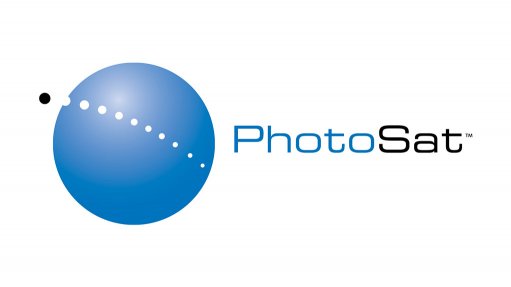
What is the most cost effective survey method for my project?
PhotoSat founder and President Gerry Mitchell P.Geo, has prepared a white paper discussing various surveying options. He first identifies the situations where the choice of most cost effective survey method is simple and obvious.
Drone surveys are most cost effective for quarries and gravel pits near cities. Satellite surveying is best for remote areas of sparse vegetation. It is often the only option near areas of military conflict such as for surveying the oil fields of Iraq. Differential GPS is usually most cost effective for up to 50 specific ground features. Real Time Kinematic (RTK) GPS is usually best for up to 500 specific ground features.
Factors determining the most suitable surveying method
For surveying situations that are not simple and obvious the white paper identifies the factors that should be considered when selecting the best survey method.
- Required elevation survey accuracy
- Survey point density
- Reliability
- Presence and type of vegetation
- Contractor’s track record
- Timing
- Cost
In the white paper these factors are compared and contrasted for the four survey methods.
Comparison of Drone and PhotoSat case histories for mining development projects
A published case history for Drone survey of a 150km2 mine development project in Madagascar is compared to a 357km2 PhotoSat survey of a similar project in Peru. The Drone survey took a 3 person crew 90 field days to acquire and a single processor 120 days to process.
The PhotoSat survey of 357km2 in Peru took 8 days to acquire the satellite photos. Processing took 11 days. This project took 34 days from confirmation of the order to the delivery of the results.
Review of PhotoSat experience with LiDAR, Drones and GPS surveys
The white paper concludes with a review of PhotoSat’s experience with accuracy assessments of LiDAR, Drone and GPS surveys. LiDAR surveys are generally very accurate. About 50% of the Drone surveys that PhotoSat has incorporated into mapping projects have had elevation errors exceeding one meter. The quality of GPS survey results improves dramatically when digital files of the GPS recording are included with the survey results.
Click here to download whitepapers.